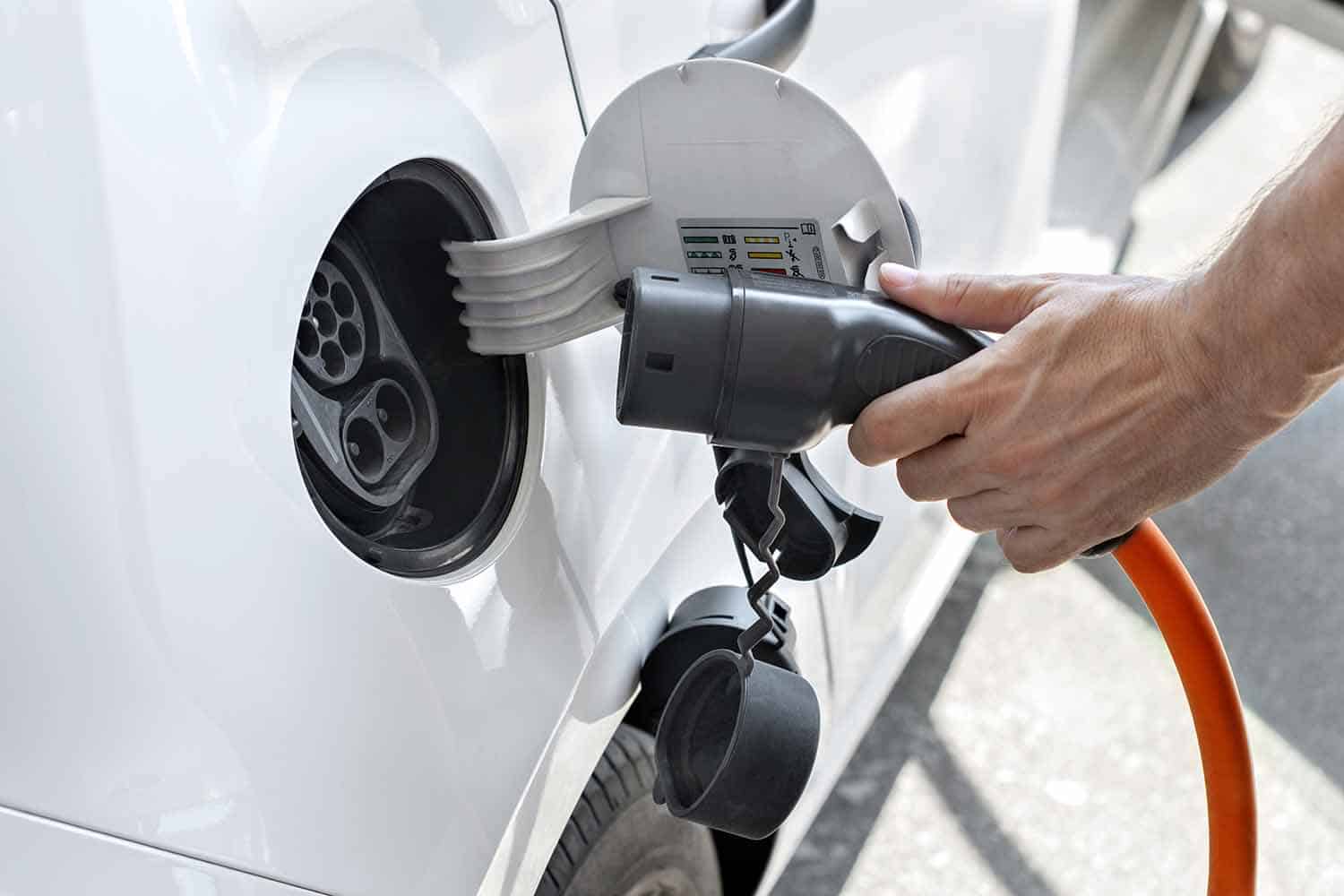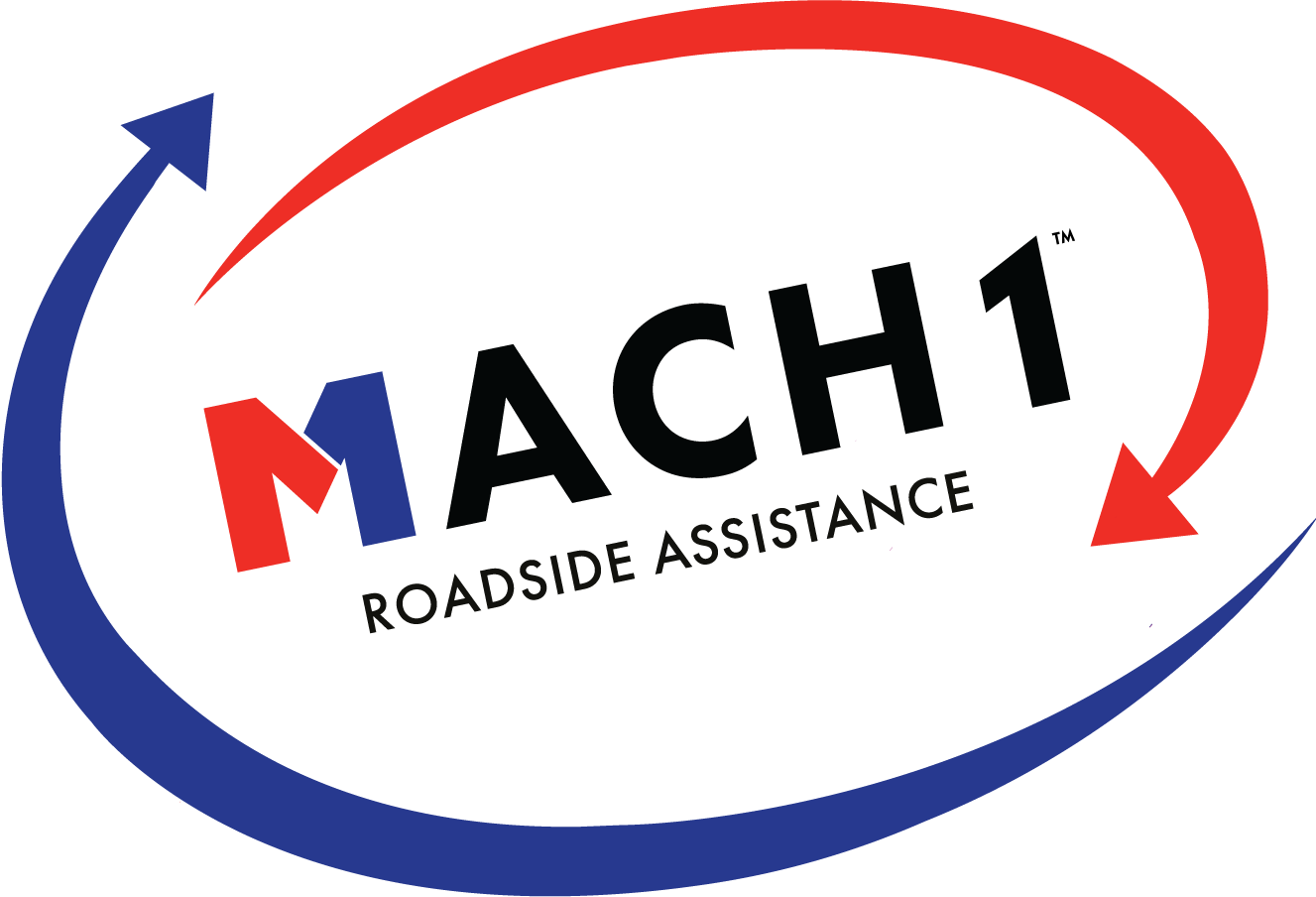
20 Aug 3 Things You Can Do If Your Car Runs Out Of Battery
Electric cars came into play in an effort to reduce air pollution and reduce the amount of money we spend on our vehicles. Since the car is electric, sometimes you may end up getting stuck unexpectedly when your car runs out of battery, and you’re nowhere close to your home where you can charge your car i.e.,a public charging place. Unlike a regular car, no one will bring fuel to you.
When you overestimate your battery’s life, you could end up stuck, and that’s where you call for roadside assistance. In such cases, your roadside assistance provider will come with a flatbed and tow your car to wherever you need it towed so you can recharge it and move on with your activities.
Most electric car drivers tend to suffer from range anxiety. Range anxiety is often a driver’s anxiety over running out of electricity before the car reaches its destination or charging point.
Most new electric drivers have this fear. But the more you keep driving the car. You improve, feeling less and less anxious with time about how long you have before your car dies. More public charging stations are being established all over different countries and states, allowing you to charge wherever you are and reducing range anxiety.
What do you do if your electric car runs out of battery?
If you’ve had a regular car that runs on gasoline, you know the stress that comes with being stuck somewhere on a highway without gas or any gas stations nearby? This same problem is a big fear for electric car drivers. Sometimes you’ll overestimate how far your car will go before you reach your next charging point or back home if that’s where you charge it.
When such a situation plays out, you need to call a roadside assistance service, whichever roadside assistance service you’ve signed up with will come to your rescue and take back your car to the nearest charging point or back home if that’s where you charge your vehicle from.
When calling roadside assistance, make sure they come with a flatbed. If you have an EV, it is better to carry it on a flatbed than towed. You should not pull an electric vehicle with a rope or lift because it damages the traction motors that create electricity through regenerative braking.
However, you can tow a Nissan Leaf. Nissan says that you can tow a Nissan Leaf with the front wheels raised to avoid ruining the traction motors. Even so, it is safer to have your car carried in a flatbed to prevent unnecessary accidents.
What happens if my electric car (Tesla or other) runs out of battery?
When your TeslaTesla runs out of battery, first off, it is going to be easy to note the problem. On the top left corner of the tesla display, near the speedometer, you will see the color of the battery icon turn from green, to yellow, to red. That’s how you know your car is about to die. Red indicates that your car is draining the last bits of power and is about to die.
Tesla offers a lot of warnings before your car finally comes to a stop. If you were anywhere near a charging point, you wouldn’t run out of power. As you keep running low and your Tesla is in dire need of battery, your car will start suggesting charging points for you to visit and get it charged. It will also advise you when you’re going further away from the nearest charging point.
If you are still out of range of the nearest charging point, there is still hope. Your Tesla wouldn’t just die on you. It has a few extra 10-20 miles even after your range has reached zero. This doesn’t mean that you should count on it, but it’s a bit reassuring to know that you can drive at 65mph for those 20-10 miles, and maybe you’ll be able to reach your destination and charge it up.
That goes without saying; you shouldn’t count on those extra miles for everyday use. You should only use them in extreme cases when you are completely stuck.
The extra miles you get in a Tesla are known as a buffer. Once it runs out, you will no longer be able to maintain a 65mph speed. Instead, you’ll notice your car gradually slowing down. It gives you ample time to pull to the side of the road and park your car as you think of the next move.
As it keeps slowing down to around 15mph, your Tesla will notify you that it won’t be able to drive soon, and finally, it comes to a stop and puts itself into parking.
At this point, you’ll need to call roadside assistance or a tow truck to get you to the nearest charging station. Make sure your Tesla is carried in a flatbed to avoid damaging it. Once your roadside assistance comes around, put the car into “transport mode” for the tow truck drivers to pull it easily into the tow truck.
Can you jump-start an electric car?
The short answer to this is yes. Electric cars come with two batteries. One battery is for storing electricity to drive the car and power the electric motors.
The second battery is one that you mostly don’t give much of a thought to. This second battery is a 12-volt battery that powers things like radio, wipers, heated seats, among other things.
When your car’s battery has run low and needs to recharge, you will also have to jump-start it. The 12-volt battery contains lithium-ion, and the car won’t start if it’s out of juice. The hardest part of jump-starting an EV is locating the position of the battery. Other than that, it’s jump-started the same way as a regular gasoline car.
This small 12-volt battery could need a jump-start because it has not been in use for an extended period or has a fault in the charging circuit. Whichever reason it could be, the battery needs enough charge to turn on the car’s electrical system.
As much as you can jump-start your EV, you shouldn’t use it to jump-start other cars. Most hybrids and EVs shouldn’t jump-start other vehicles because doing so can cause a risk to the car’s electronics and cause potential problems.
Handbooks to most of these hybrids and EVs like Nissan and BMW caution you against using the vehicles for jump-starting others.
Do electric cars charge while driving?
At the moment, your electric car can’t charge on the go. But this is still under research, and electric vehicles will be able to charge on the go in the near future.
Researchers at Cornell University for years have been working on a technology that would allow drivers to charge their cars while driving. This would involve creating a charging lane.
The charging lane would work this way; when you notice your vehicle is running out of battery, all you have to do is move to the charging lane, and it will know which car got charged and send you a bill later.
This kind of technology might take around 5 to 10 years to be perfected and implemented, but when it is, it will help discard range anxiety in most drivers.
3 Things You Can Do If Your Car Runs Out Of Battery
Like having a regular gasoline car, there is always the worry of running out of juice and getting stuck far away from home or the next charging station. In such cases, there are a couple of things you could do to get assistance.
1. Roadside Assistance
Roadside assistance is a lot of help to every type of car. Since you can’t bring gas to an electric car, calling roadside assistance could be the best help you can get.
When contacting your roadside assistance services, make sure you inform them that you have an electric car so that they can come with a flatbed, tow truck, or portable charger.
A flatbed is the only way to tow an electric vehicle because if you use a rope or any other method, it could interfere with the electrical systems and functionings of the car.
Your roadside assistance will help tow your car to the nearest charging station or charge it there for you, or tow it to your home if you prefer charging it there.
2. Tow Truck
Towing an electric vehicle requires a lot of precaution. There are towing companies trained to tow EVs without ruining their electronic components, charging mechanisms, and battery.
Towing companies prepared to tow electric, and hybrid cars have a unique zero-degree bed that will holster an EV without messing up its electrical components and other essential parts of the vehicle. Most electric cars are lower to the ground than regular cars, making them more difficult to tow. Make sure the tow truck you call has experience with towing EVs.
3. Mobile Charger
Recently a way to charge EVs using a tow truck has been introduced. The introduction of mobile chargers is to help you get back on the road as soon as possible. Few companies have introduced portable charging systems that could help EV drivers stuck on the road.
When you call your roadside assistance services, they will be able to come with a fast charger that will take a little while to juice your car up, and soon, you’ll be on your merry way.
Most gas-powered generators that your roadside assistance will come with provide 9.6 kilowatts and generate 240 volts. Inquire with your roadside assistance provider to know whether they offer a mobile charge. Often that not, they may be offering it.
Final Words
Electric vehicles are the future of road transportation. Not only are they affordable, but they’re also efficient, affordable, and save the environment from air pollution.
Regular cars emit gases that contribute to air pollution. But on the other hand, electric vehicles are green-powered, meaning they don’t have detrimental effects on the environment.
On days when you overestimate the range your electric vehicle will take before it runs out of juice, you’ll need roadside assistance services, a tow truck, or a mobile charger. These save a lot, and you won’t have to get a full-on panic in the middle of the highway without means of gaining power into your EV.
The future of EVs is bright, and in a few years, you won’t experience any of these problems as running out of range, as charging systems seem to be very promising. In less than ten years, EVs will be the most convenient method of transportation around the world.
